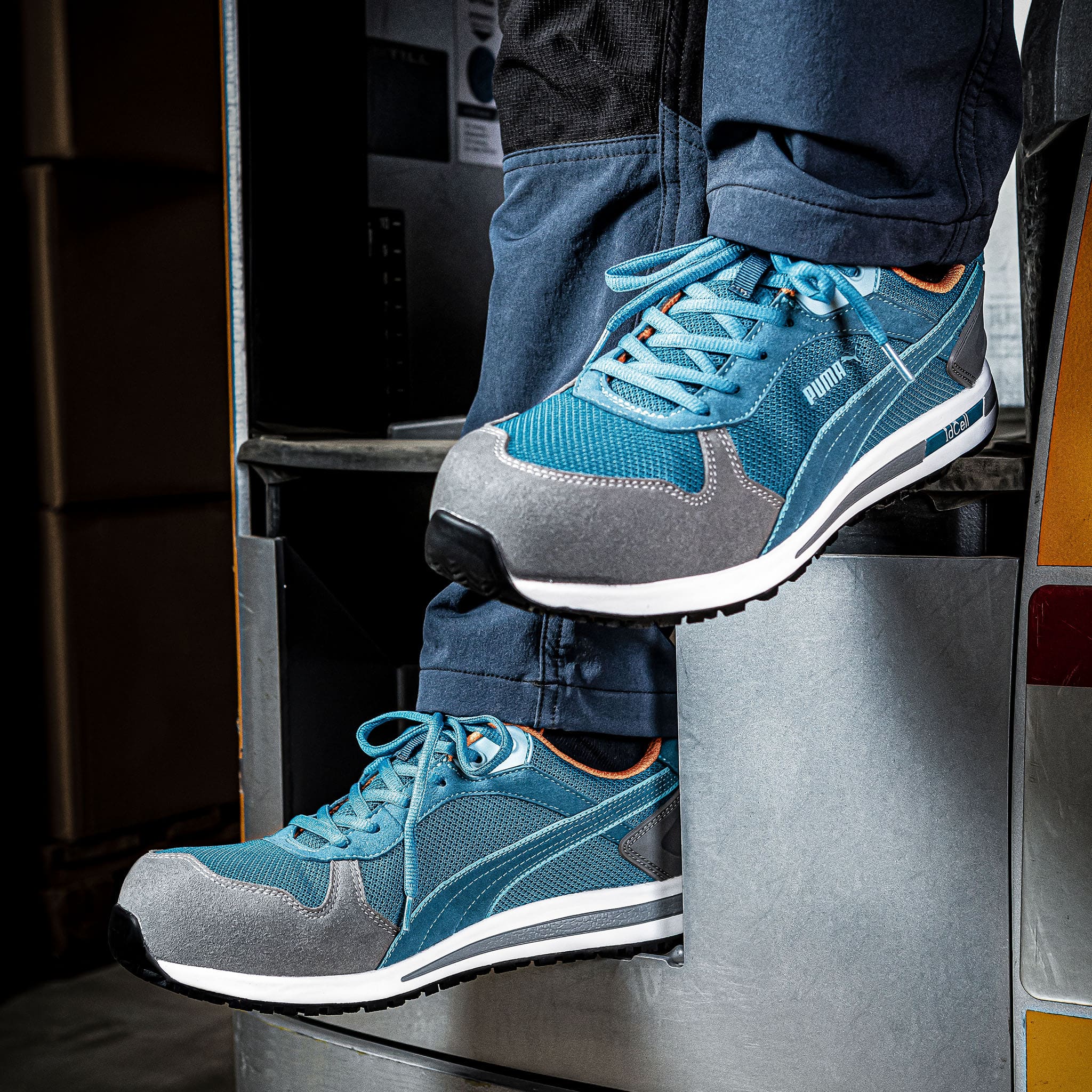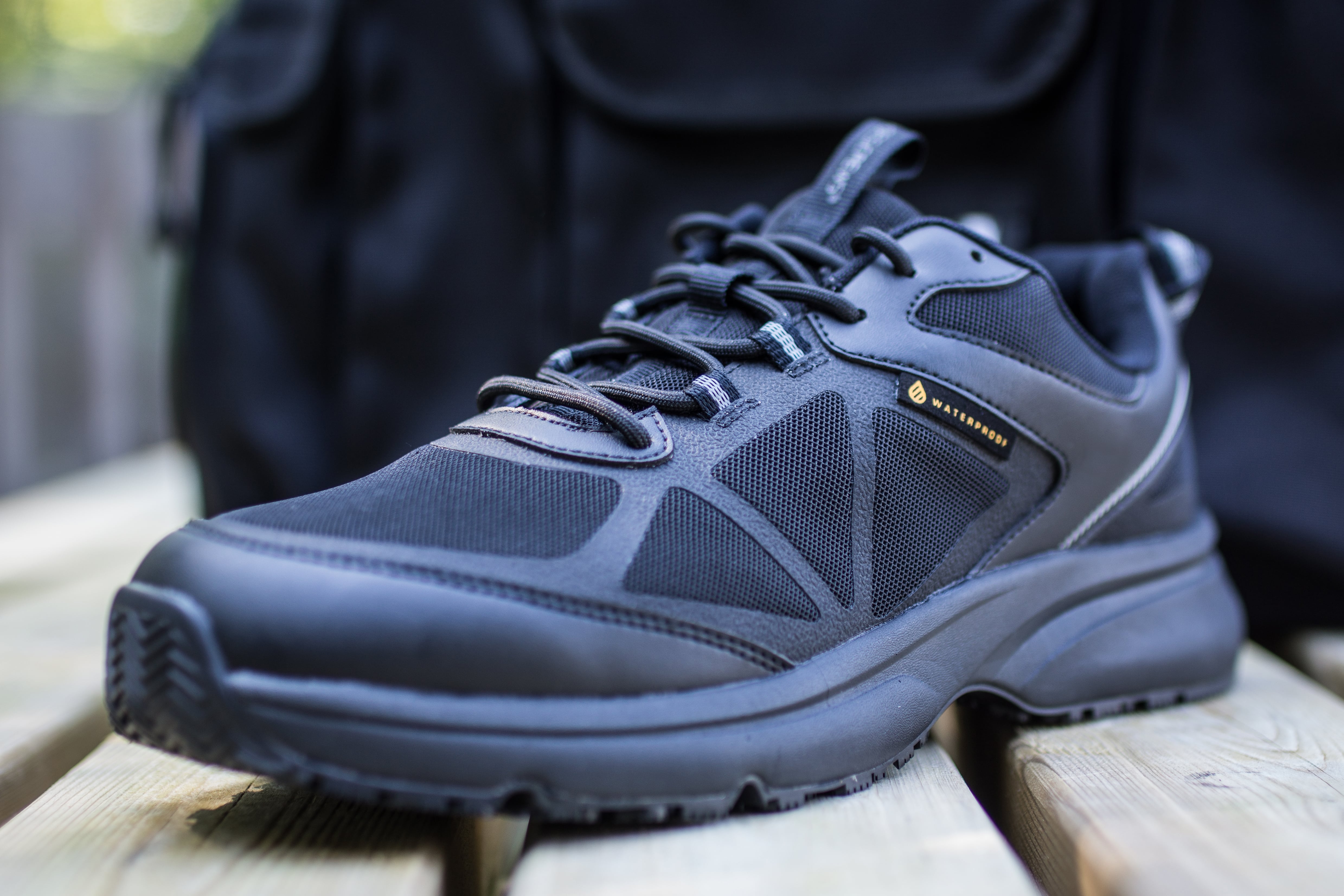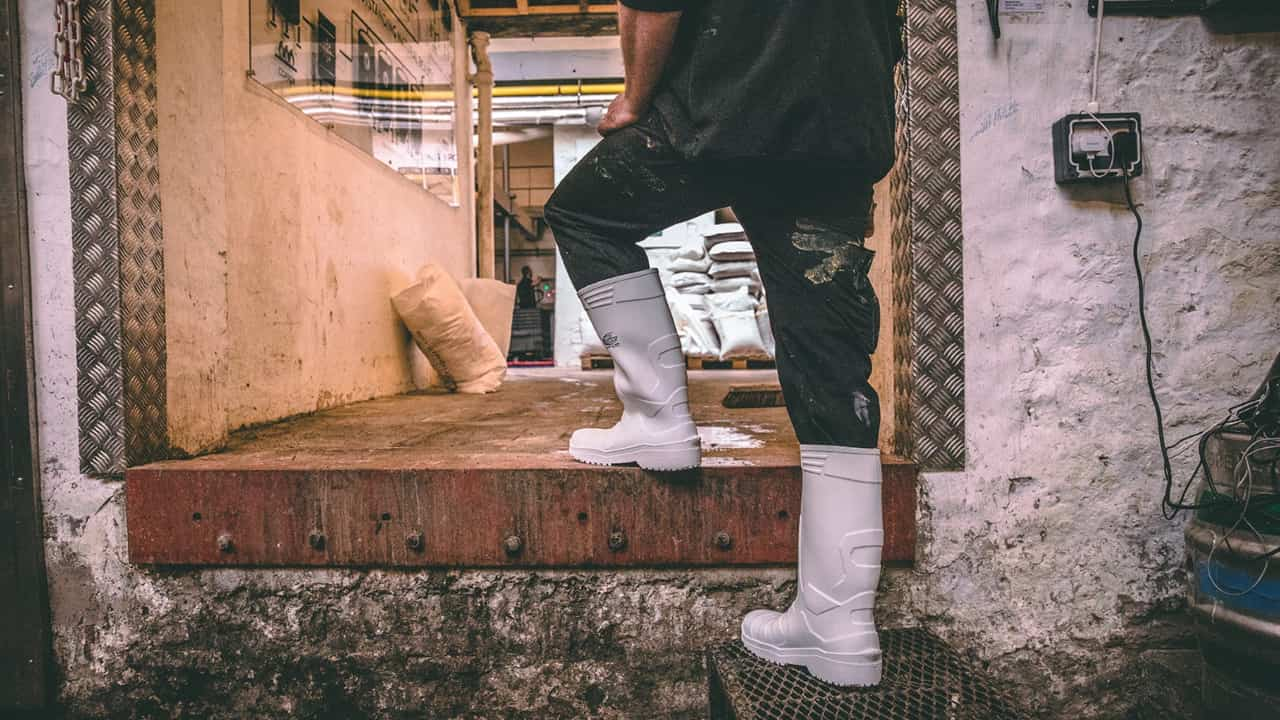A Comprehensive Guide to Occupational Footwear Standards
When choosing appropriate footwear for the workplace, there is more to consider than just style and comfort. For many job roles and industries, the footwear you choose will also need to provide a level of safety and protection.
As slips and trips are the most common injuries to happen in the workplace, employees are expected to wear shoes that will reduce avoidable injuries and your employer may either ask you to buy the correct shoes or purchase them for you.
If you've recently been browsing for a new pair of shoes for work, you may have come across phrases such as EN ISO 20346, EN ISO 20345 and EN ISO 20347. In basic terms, these standards signify the features and level of protection that a shoe offers.
In this article, we'll be focusing on what EN ISO 20347 means and delving into the things you should consider when buying footwear for work.
- What is the EN ISO 20347 safety standard?
- What jobs is occupational footwear suited for?
- Is occupational footwear suitable for everyday wear?
- Frequently Asked Questions
What is the EN ISO 20347 safety standard?
The EN ISO 20347 is a safety standard set out and regulated by the International Organization for Standardization (ISO). This standard refers to all shoes that are considered occupational footwear. The ISO defines occupational footwear as those that incorporate features to protect the wearer from injuries which could arise through accidents such as trips, slips and spills.
Under the standard, EN ISO 20347-certified footwear is expected to have:
- An antistatic, fully enclosed and energy-absorbing heel
- Water absorption and penetration resistance
- A cleated sole
- An outsole resistance to fuel oil
Unlike safety footwear and protective footwear, occupational footwear is not legally required to have safety features such as a protective toe cap or materials designed to prevent sharp objects from penetrating the footwear. For this reason, they are not designed to protect the feet from heavy compression or impact force.
Which jobs is occupational footwear suited for?
Due to their cleated sole, energy-absorbing heel and water-resistant materials, occupational footwear is ideal for workforces who are expected to spend long hours on their feet in environments where spills and slip hazards occur regularly.
With a slip-resistant sold, occupational footwear help prevent against having a slip or fall due to a spill in the workplace.
We'd recommend wearing occupational footwear for the following roles:
As occupational footwear doesn't feature integrated toe caps and other safety features, they aren't suitable for working on construction or manufacturing sites as they can't protect your feet from heavy compressions or impact forces. Instead, if you're looking for this level of protection, you should consider protective or safety footwear.
Is occupational footwear suitable for everyday wear?
With a range of styles and options, you aren't limited to just wearing our footwear whilst at work.
Because of their lightweight design, footwear that's considered occupational can be worn when you're not at work.
We offer a wide range of footwear options that you can wear every day including slip-resistant trainers and casual options too.
Frequently asked questions
Is occupational footwear suitable for me?
Every industry or job will have different needs and requirements for footwear. As there is no legal requirement to wear occupational footwear, it's always recommended to speak with your employer or review your organisation's uniform policy.
However, opting for occupational footwear can offer many benefits, for example, a barista might benefit from footwear which can protect them against hot liquid and spills. Whereas a nurse may benefit from shoes that provide additional cushioning within the sole to support them during long hours on their feet.
What is protective footwear?
Protective footwear comes under the EN ISO 20346 standard. This type of footwear will be fitted with toe caps which can withstand impacts of at least 100-joule and compressions of at least 10-kilo newtons. However, they aren't designed to protect feet from heavier weights.
What is safety footwear?
Safety footwear comes under the EN ISO 20345 standard and is included under personal protective equipment (PPE) under the Personal Protective Equipment at Work Regulations 2022. Under the safety footwear standards, they are required to withstand heavier weight compared to protective footwear.
Much like protective footwear, safety footwear is fitted with toecaps able to withstand impacts of more than 200-joule and tested to survive a compressed load of at least 15 kilo newtons. There are many different styles of safety boots, each with different footwear safety codes.
Find your perfect occupational footwear at Shoes for Crews
Safety in the workplace is dependent on a variety of factors, but there are some steps you can take in order to ensure your own personal safety and comfort. By opting for footwear that falls under the EN ISO 20347 safety standard, you'll reduce the chance of workplace incidents related to trips, slips and spills
At Shoes for Crews, you'll find a wide variety of footwear styles to suit a range of industries and professions including our casual styles such as trainers and clogs or more formal options like our brogues and dress shoes.










